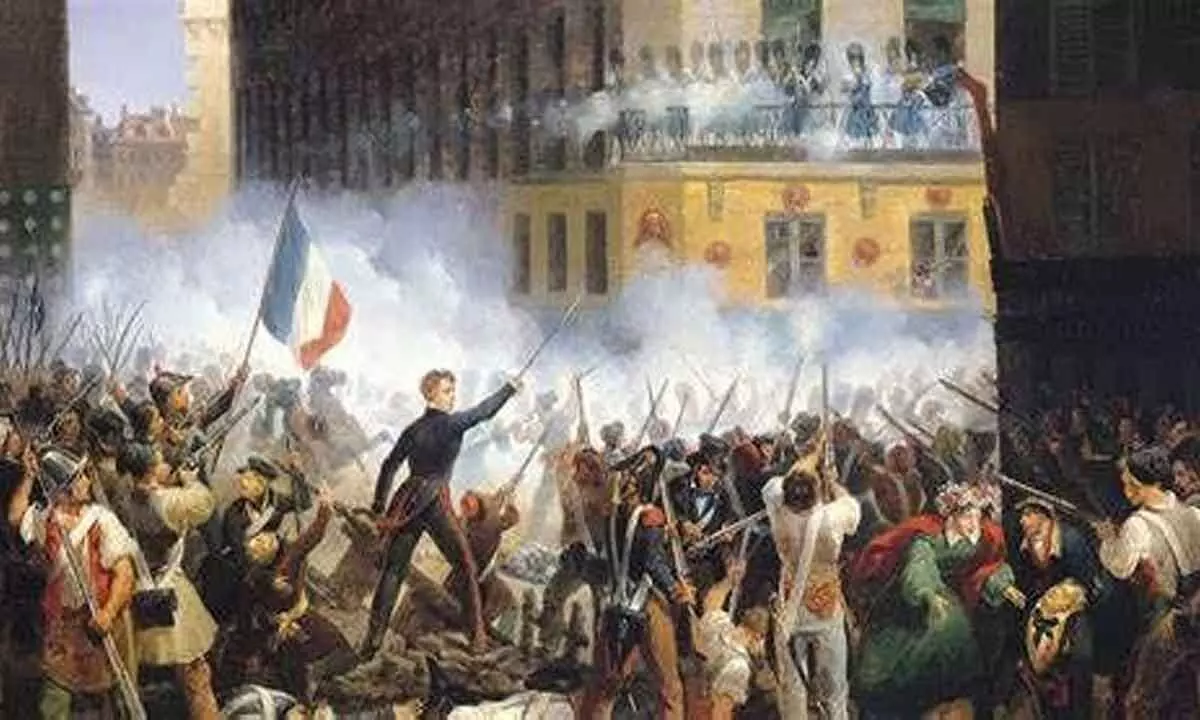Live
- Meru International School, Hyderabad successfully concludes Meru Summer Championship 2024
- Conceptualising inquisitive summer vacation activities
- Bandi Sanjay writes to Revanth Reddy, Seek CBI Inquiry on Phone Tapping case
- T20 World Cup: Manjrekar picks Hardik Pandya ahead of Shivam Dube
- 5 extra-curricular activities that help students become academically strong
- Mehbooba Mufti to skip INDIA bloc meeting in Delhi today
- Storytelling: An art to nurture creativity!
- Kia India reports 3.9 pc sales growth in May, surpasses 2.5 lakh export milestone
- How to build a career in Astrophysics
- Lot of Australians aren't going to take contracts and will prioritise T20 cricket, says Ashton Agar









